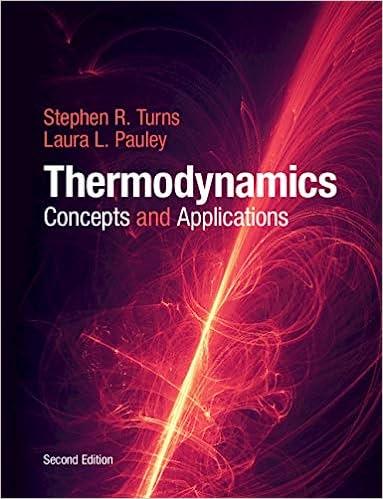Answered step by step
Verified Expert Solution
Question
1 Approved Answer
Solve using MATLAB only Problem 68 part a. Note that k=5.1 liters /mol/h. Here are the only plots you need to turn in. Plot X

Solve using MATLAB only
Problem 68 part a. Note that k=5.1 liters /mol/h. Here are the only plots you need to turn in. Plot X vs. time on one figure, then plot the concentrations of the reactants and the ethylene glycol on another figure. Define X based on sodium bicarbonate, which you should label as "species A". Use tfinal = "when reactor is full" Note that the CO2 leaves after being formed, like CO2 fizzing out of a soft drink. You can solve the problem if you pretend that CO2 doesn't exist, but it won't be quite as accurate. Note that the CO2 is originally formed as a liquid, with the same density as water, before it turns into a gas and leaves. Use 1000g/ liter as density of liquid CO2. Note: There are two different ways to solve this: Using dNA/dt or using dCA/dt. Both can work. I think it's much easier to use dNA/dt,dNB/dt. Lu n me ieed late weie uubvieu: P6- BC The production of ethylene glycol from ethylene chlorohydrin and sodium bicarbonate CH2OHCH2Cl+NaHCO3(CH2OH)2+NaCl+CO2 is carried out in a semibatch reactor. A 1.5-molar solution of ethylene chlorohydrin is fed at a rate of 0.1mole/minute to 1500dm3 of a 0.75-molar solution of sodium bicarbonate. The reaction is elementary and carried out isothermally at 30C where the specific reaction rate is 5.1dm3/mol/h. Higher temperatures produce unwanted side reactions. The reactor can hold a maximum of 2500dm3 of liquid. Assume constant density. (a) Plot and analyze the conversion, reaction rate, concentration of reactants and products, and number of moles of glycol formed as a function of timeStep by Step Solution
There are 3 Steps involved in it
Step: 1

Get Instant Access to Expert-Tailored Solutions
See step-by-step solutions with expert insights and AI powered tools for academic success
Step: 2

Step: 3

Ace Your Homework with AI
Get the answers you need in no time with our AI-driven, step-by-step assistance
Get Started


